This is my second time booking with Tidy Himalaya and this time it was for Everest Base Camp trek. There was 5 of us and all of us had different pace. The guides were good enough to ensure that nobody...
Sujan was an excellent guide who took us to the EBC. We enjoyed his friendship and support very much. He spoke good English and was resourceful when changes of itinerary were needed.
we had a wonderful trip. The view is so beautiful. The people are friendly and very interesting. we took a lot of photos. Keep all the good memory

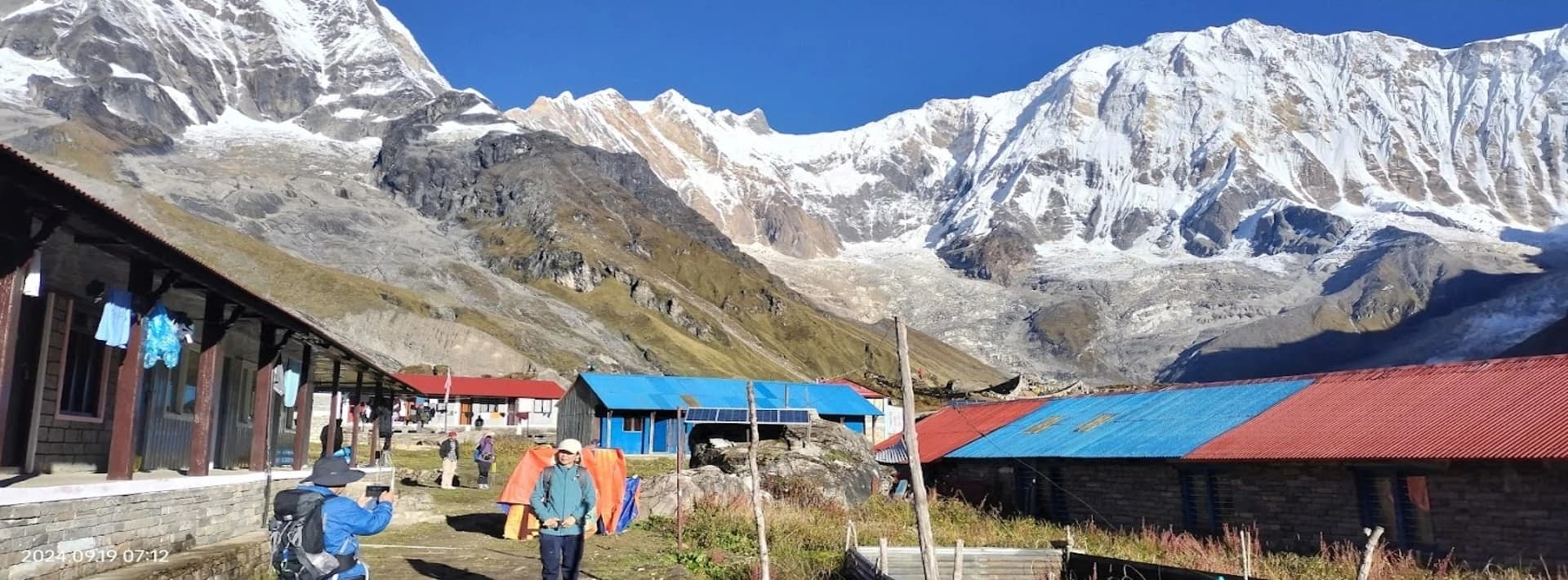
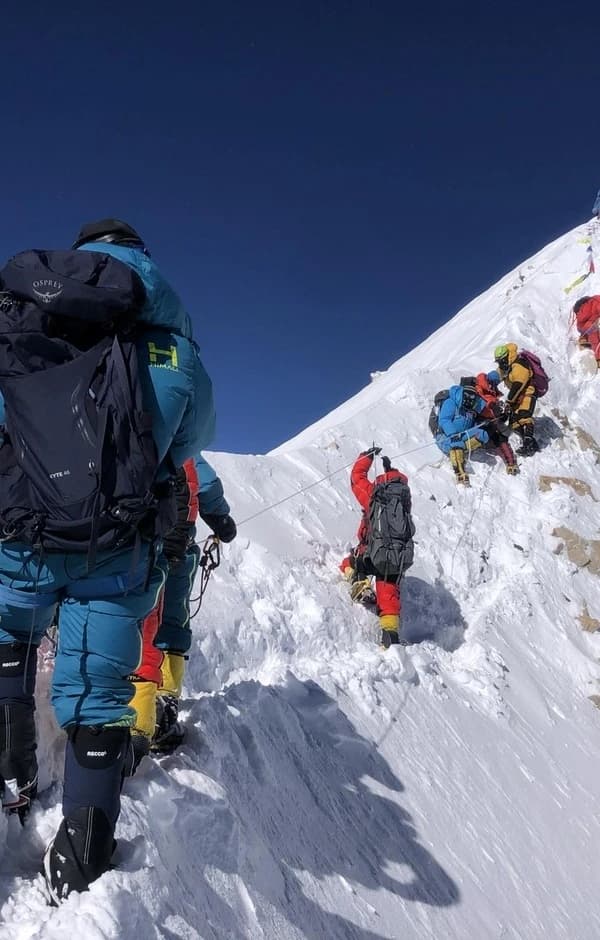
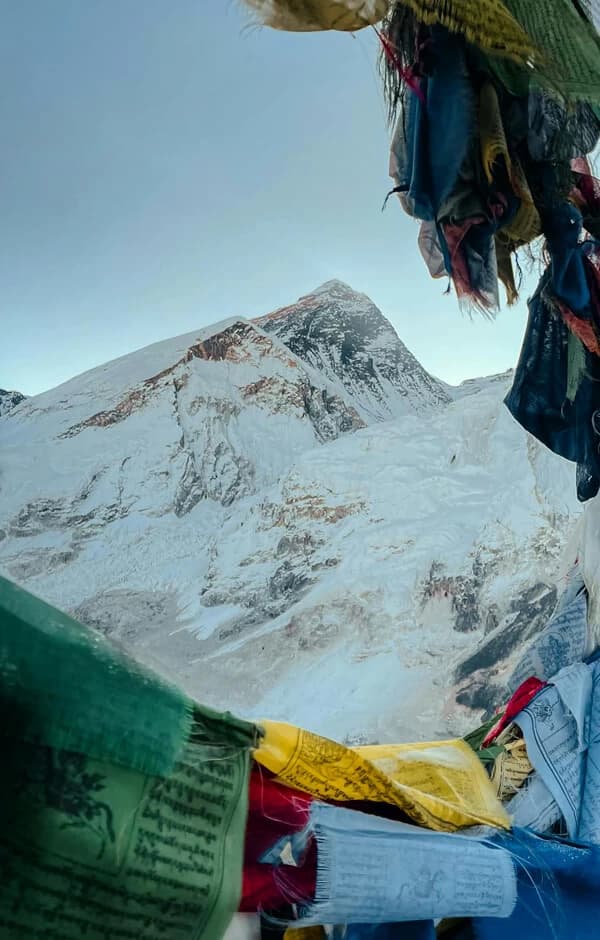
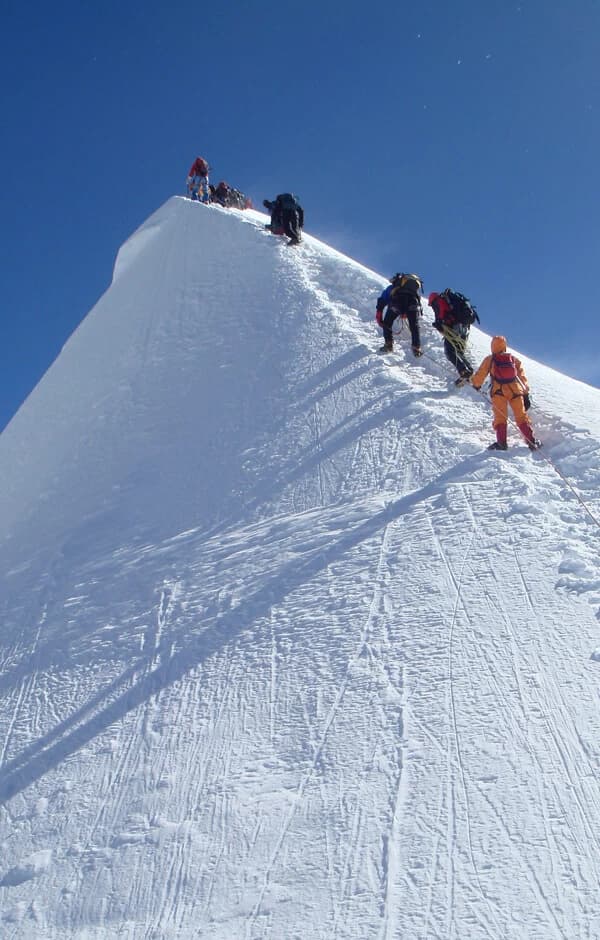
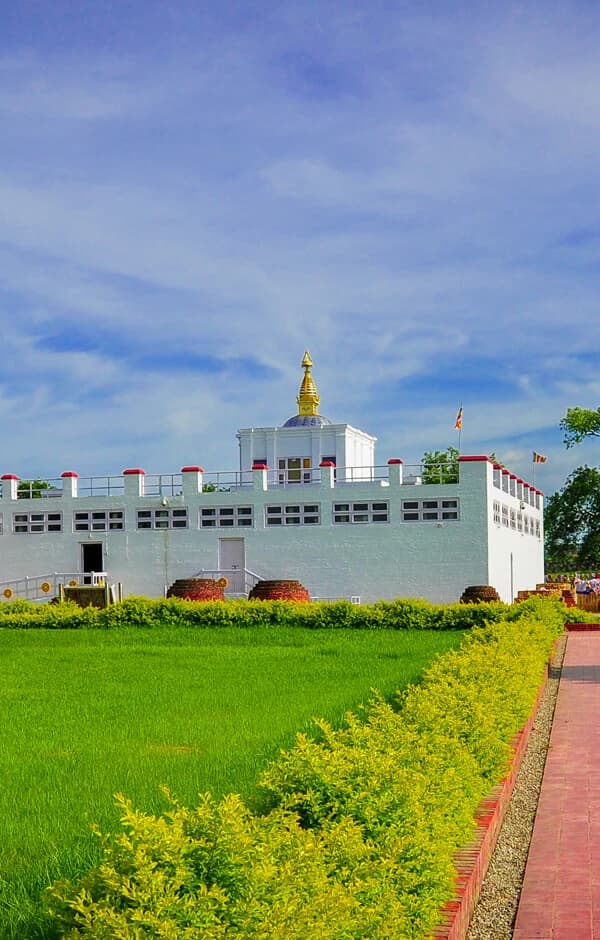
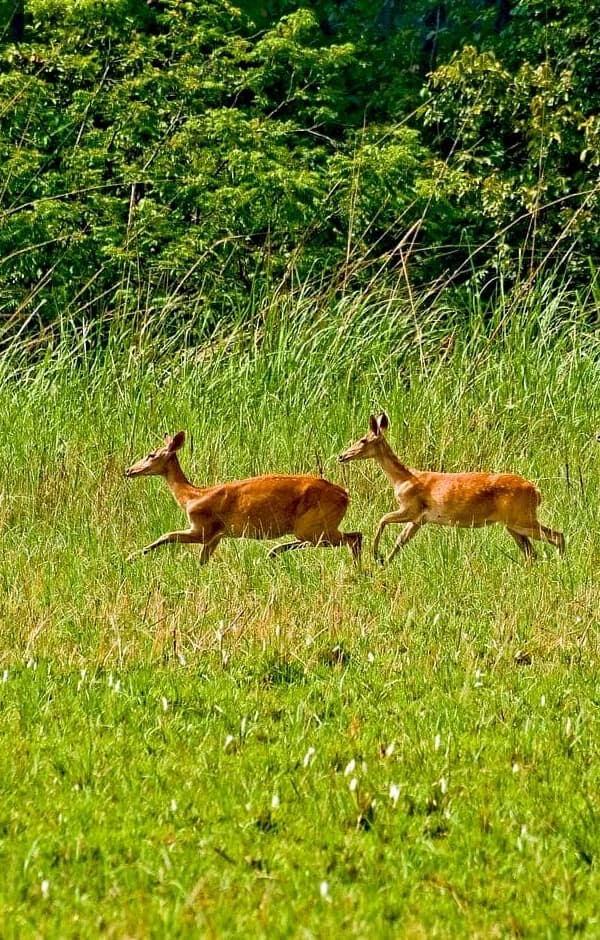
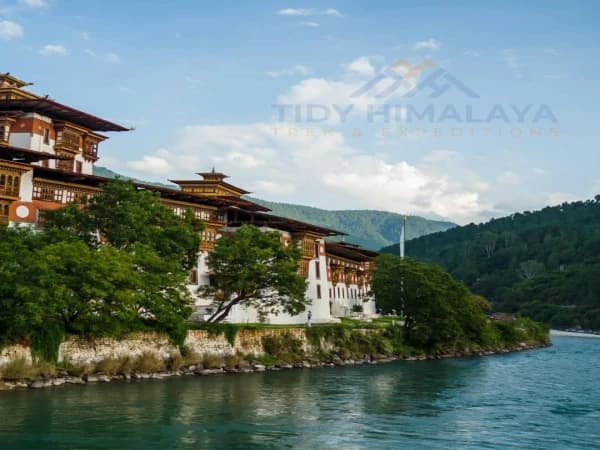
.webp&w=1200&q=75&dpl=dpl_2PwU5ZDv8uoJ3KrzEVbz8N547HgX)
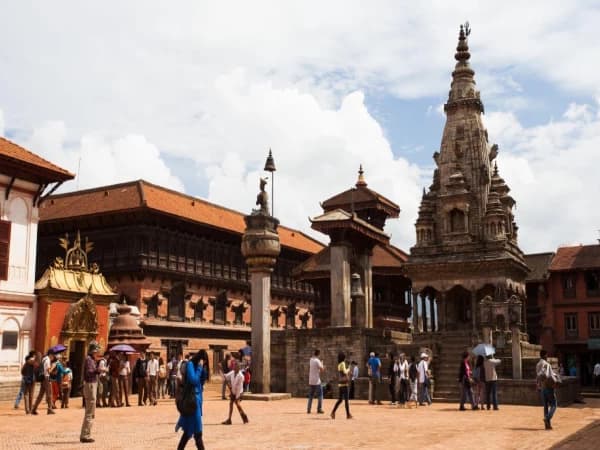
.webp&w=1200&q=75&dpl=dpl_2PwU5ZDv8uoJ3KrzEVbz8N547HgX)
.webp&w=1200&q=75&dpl=dpl_2PwU5ZDv8uoJ3KrzEVbz8N547HgX)
.webp&w=1200&q=75&dpl=dpl_2PwU5ZDv8uoJ3KrzEVbz8N547HgX)
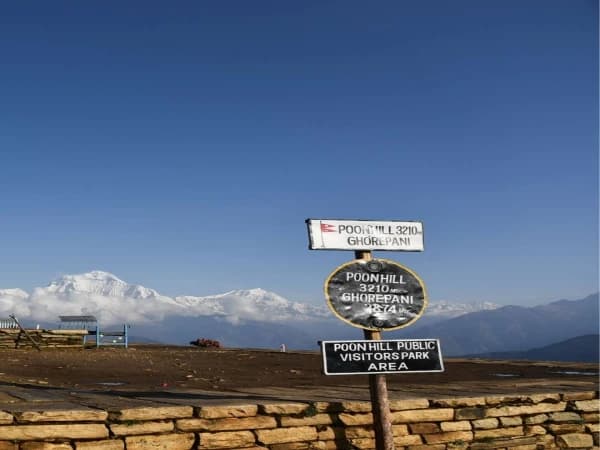
.webp&w=1200&q=75&dpl=dpl_2PwU5ZDv8uoJ3KrzEVbz8N547HgX)

.webp&w=1200&q=75&dpl=dpl_2PwU5ZDv8uoJ3KrzEVbz8N547HgX)
.webp&w=1200&q=75&dpl=dpl_2PwU5ZDv8uoJ3KrzEVbz8N547HgX)
.webp&w=1200&q=75&dpl=dpl_2PwU5ZDv8uoJ3KrzEVbz8N547HgX)